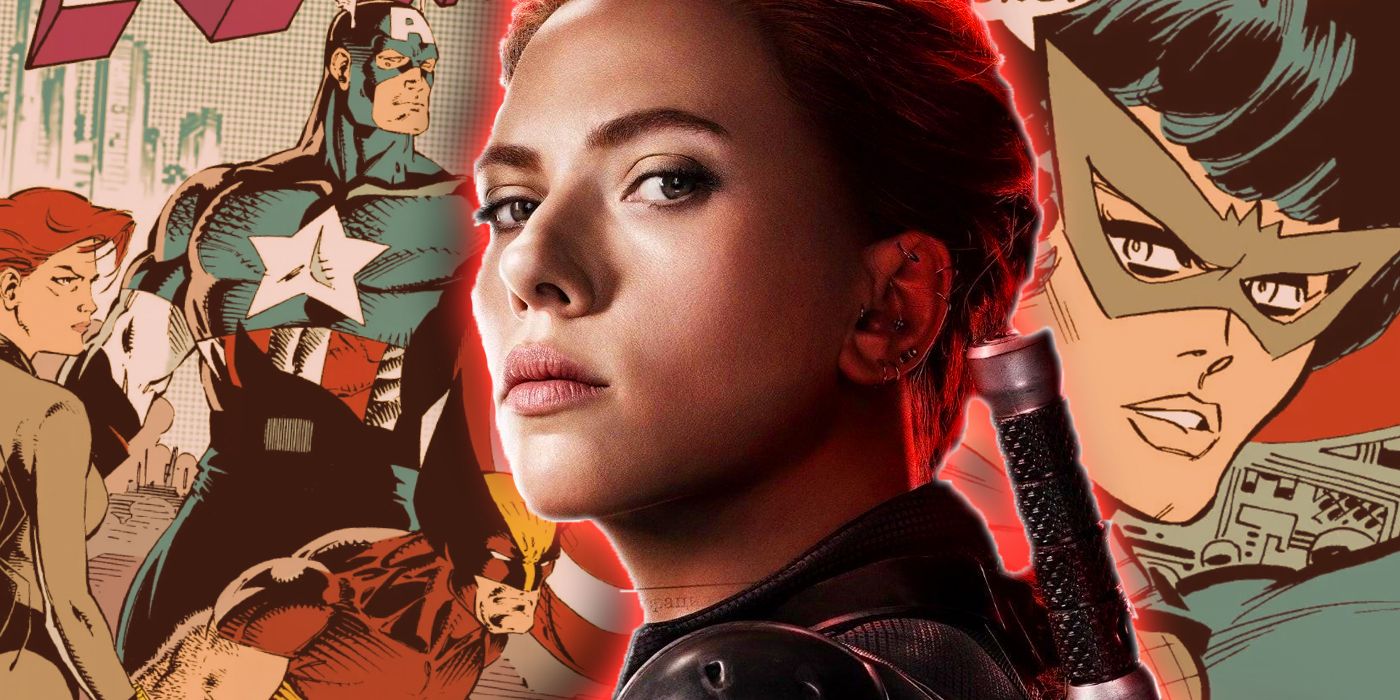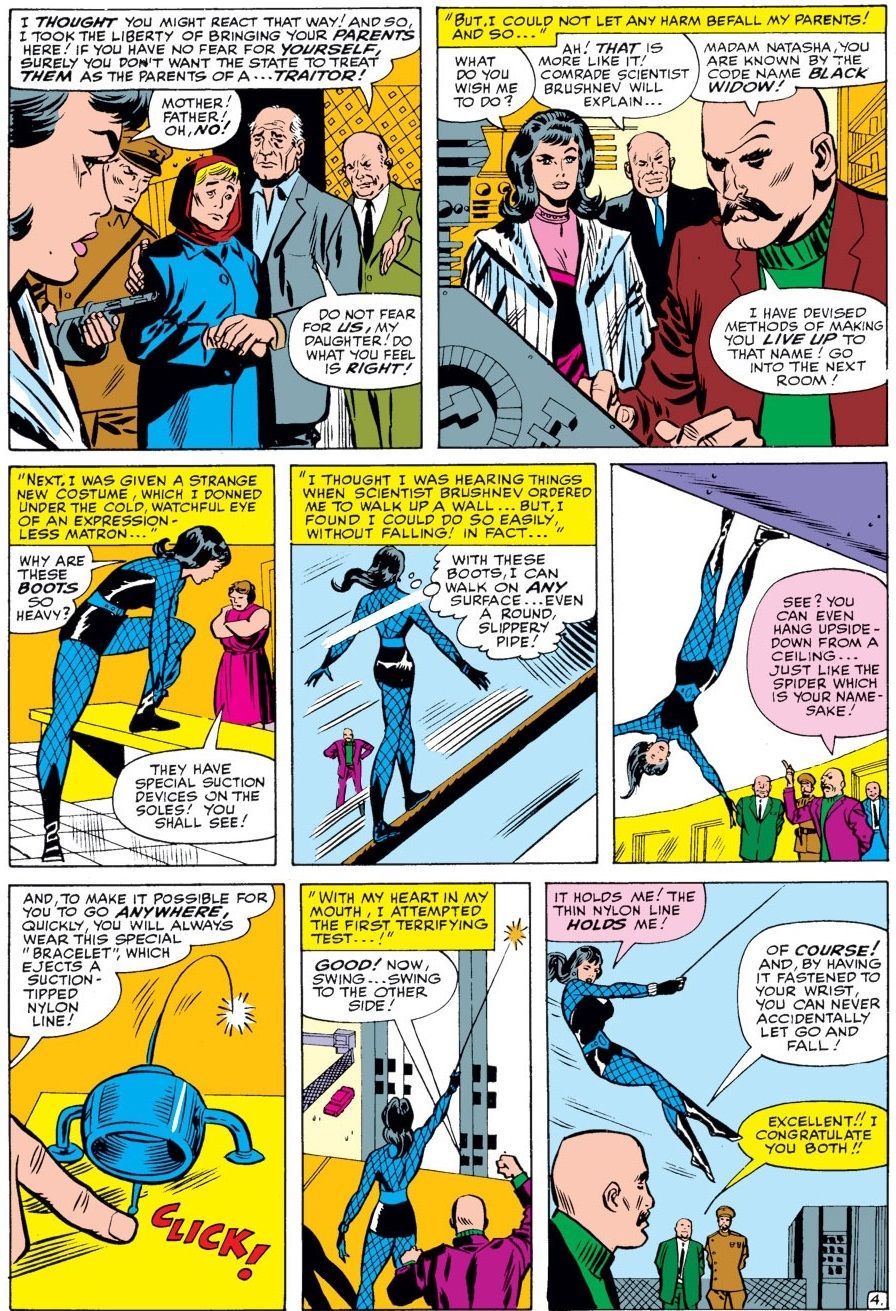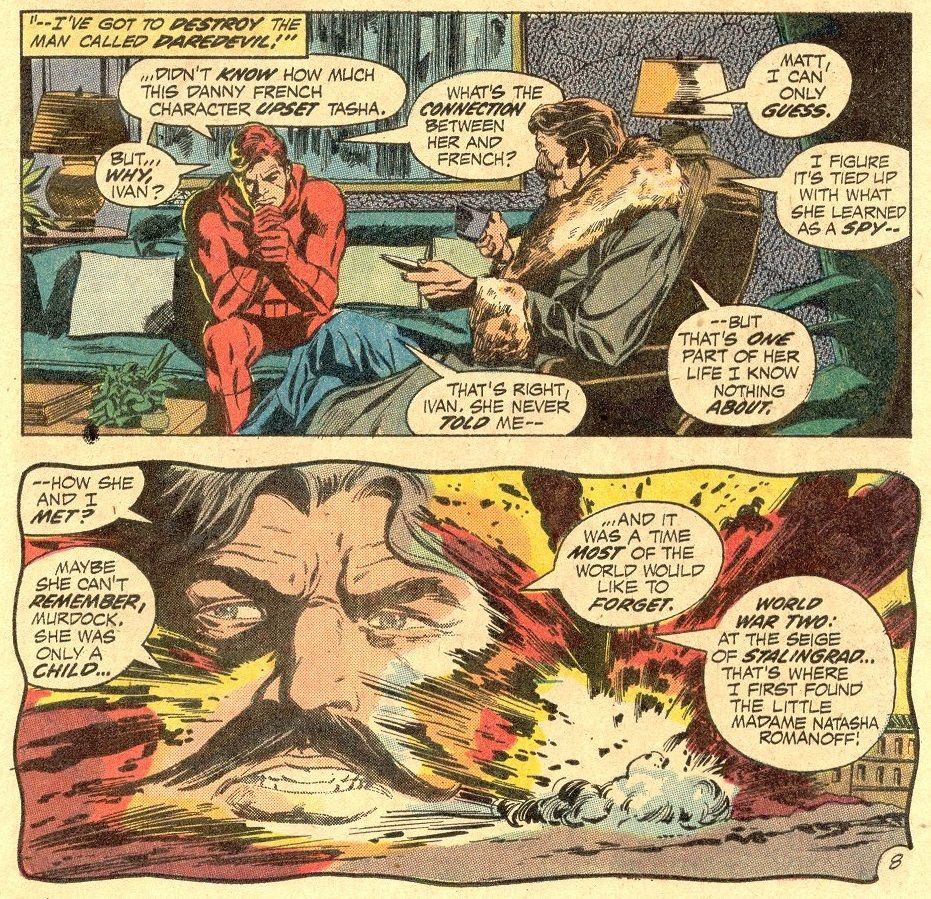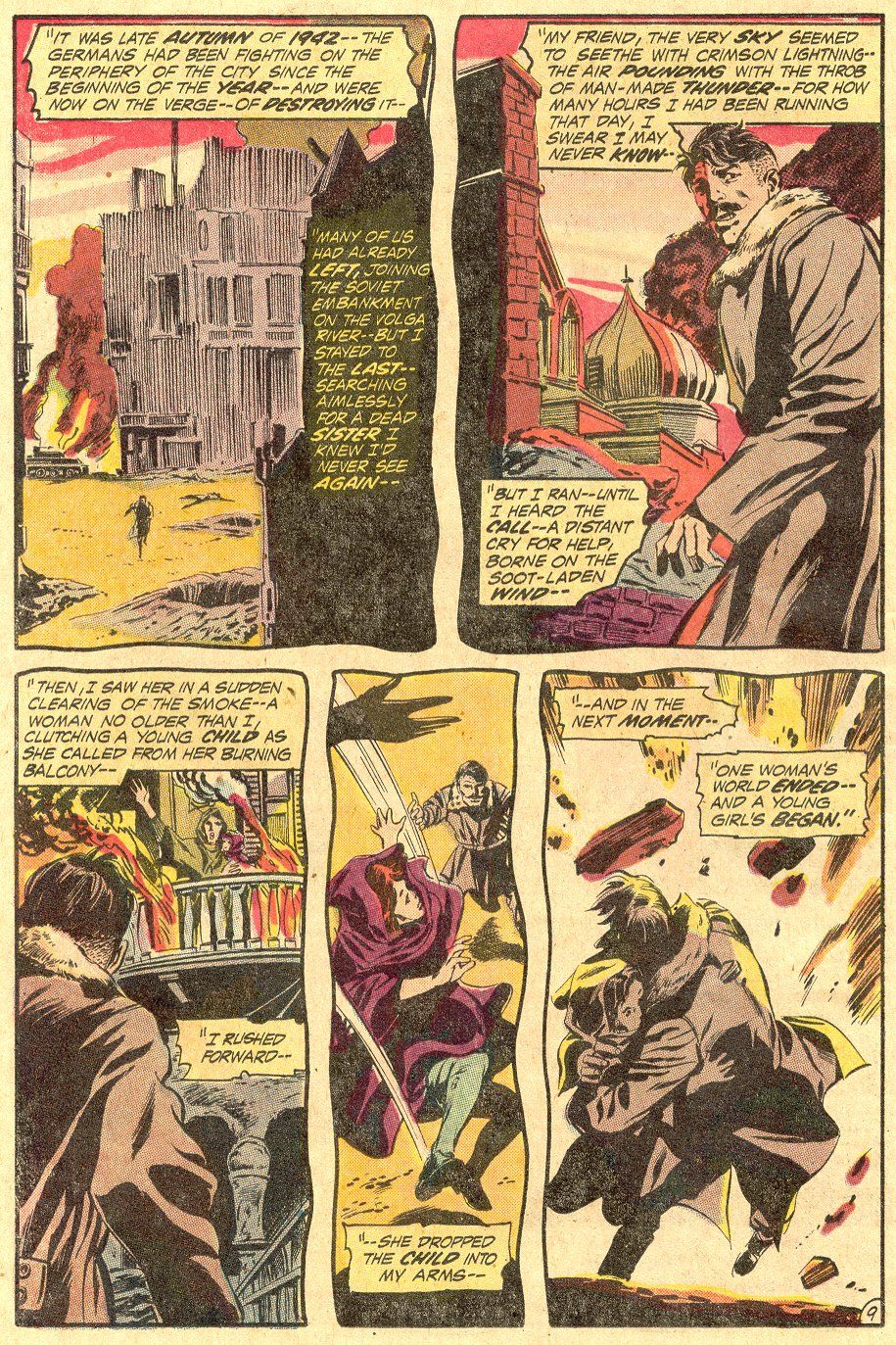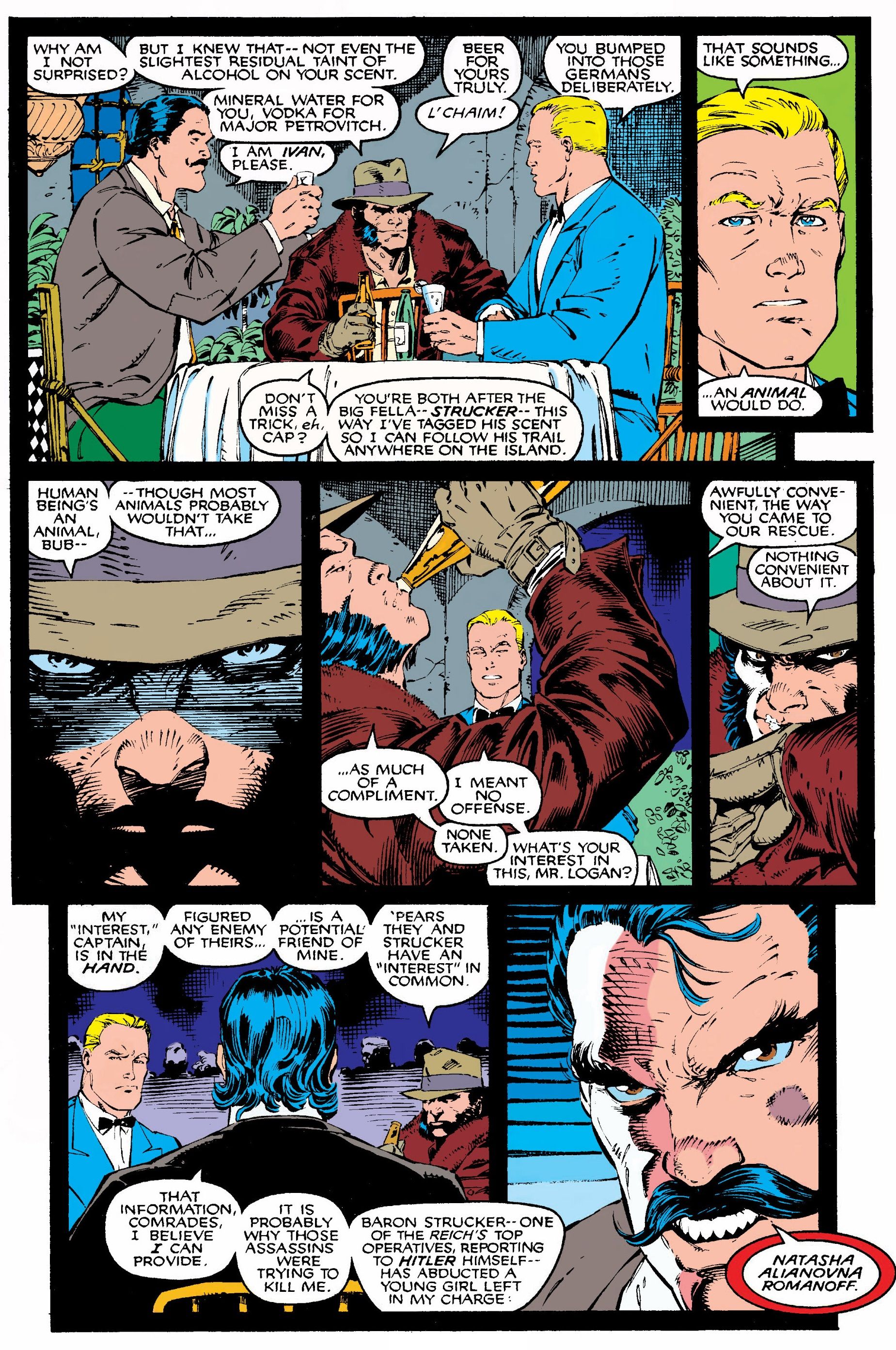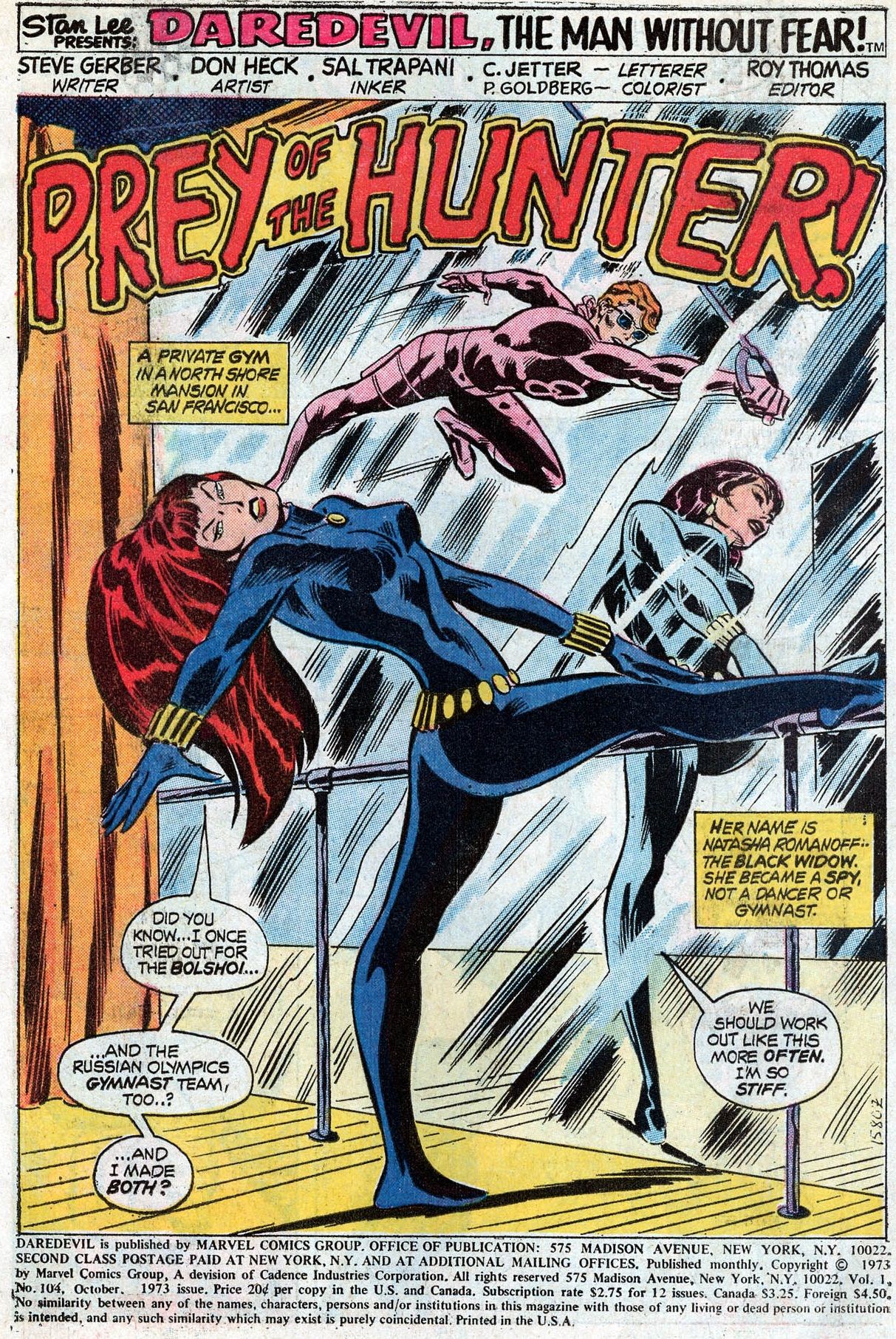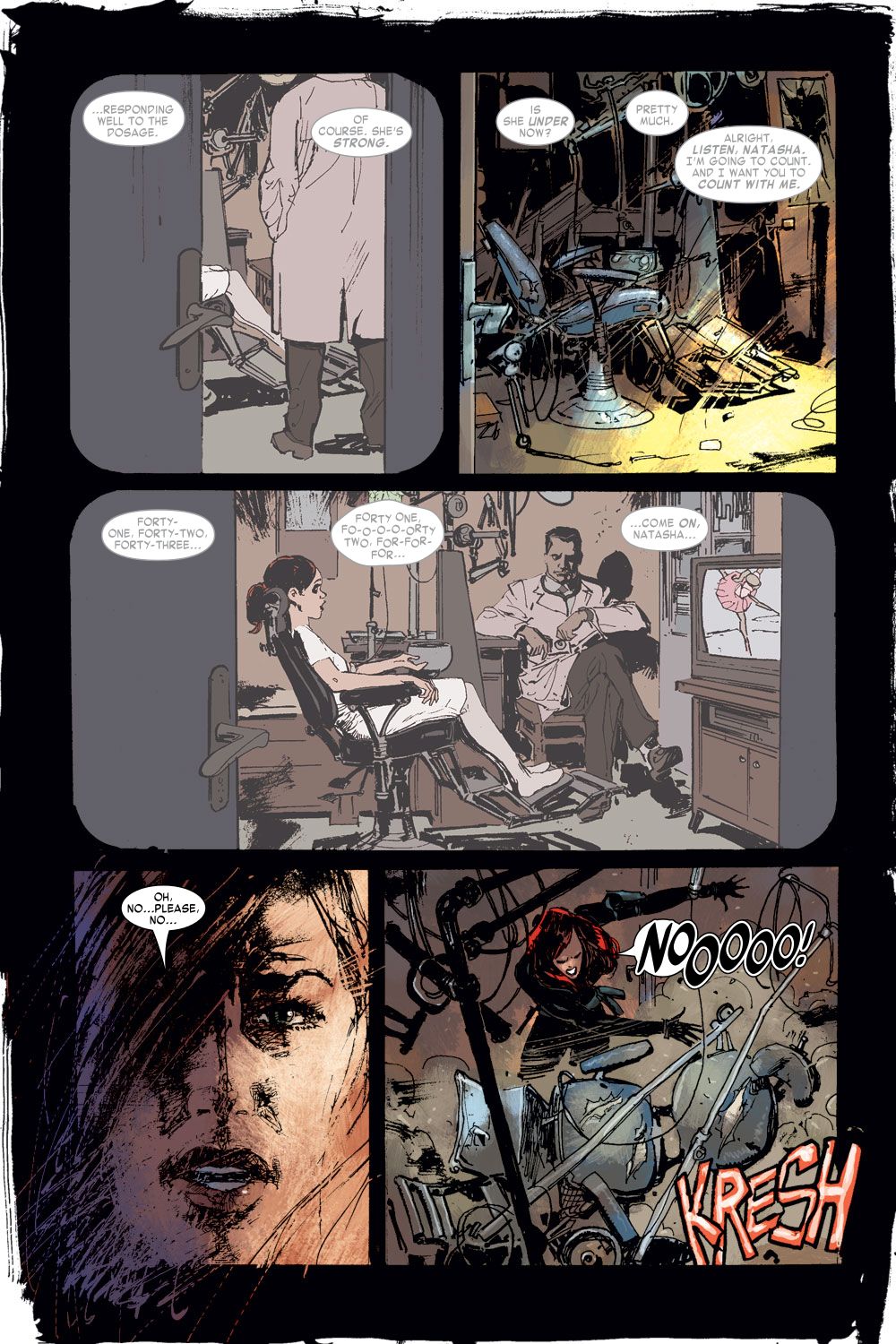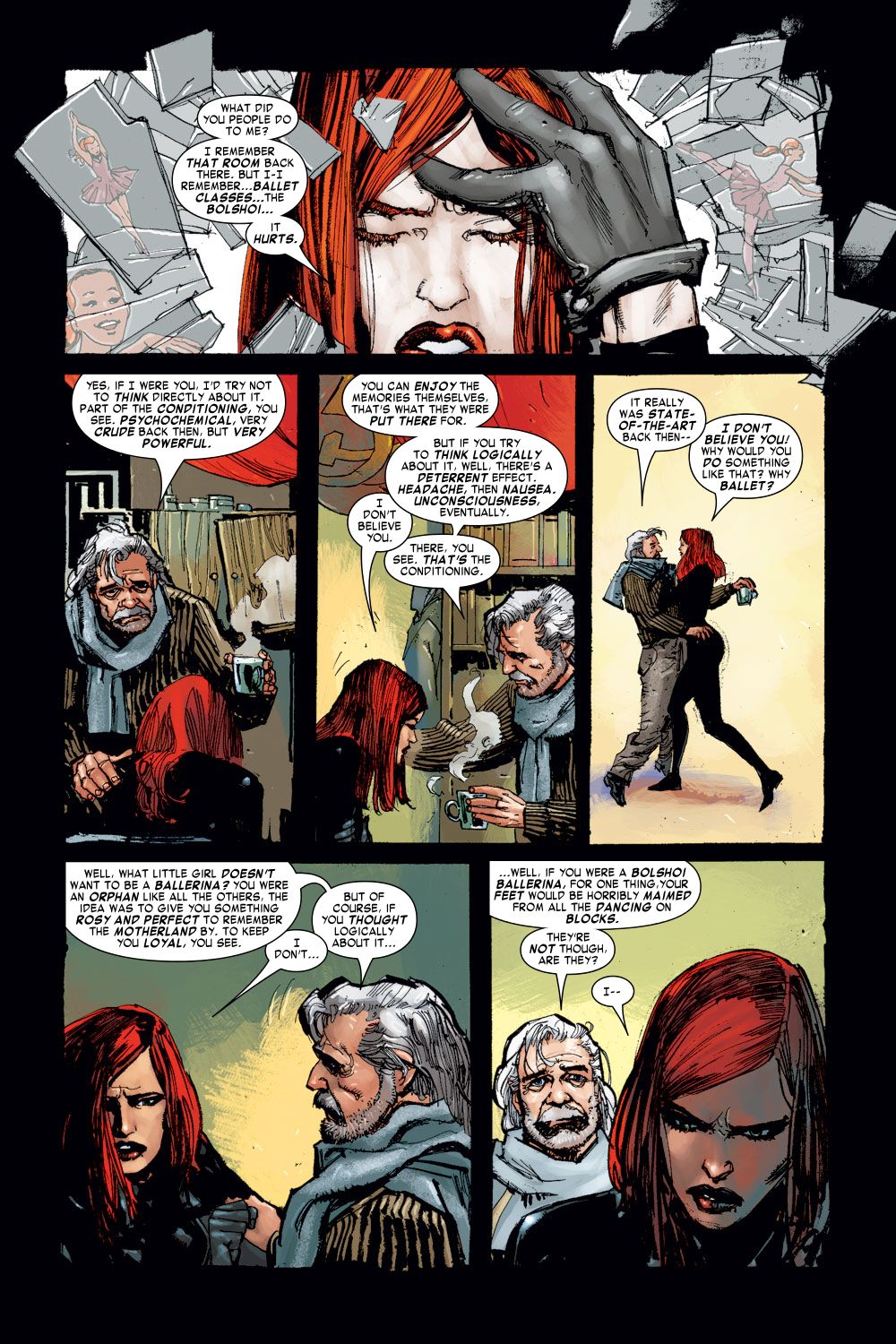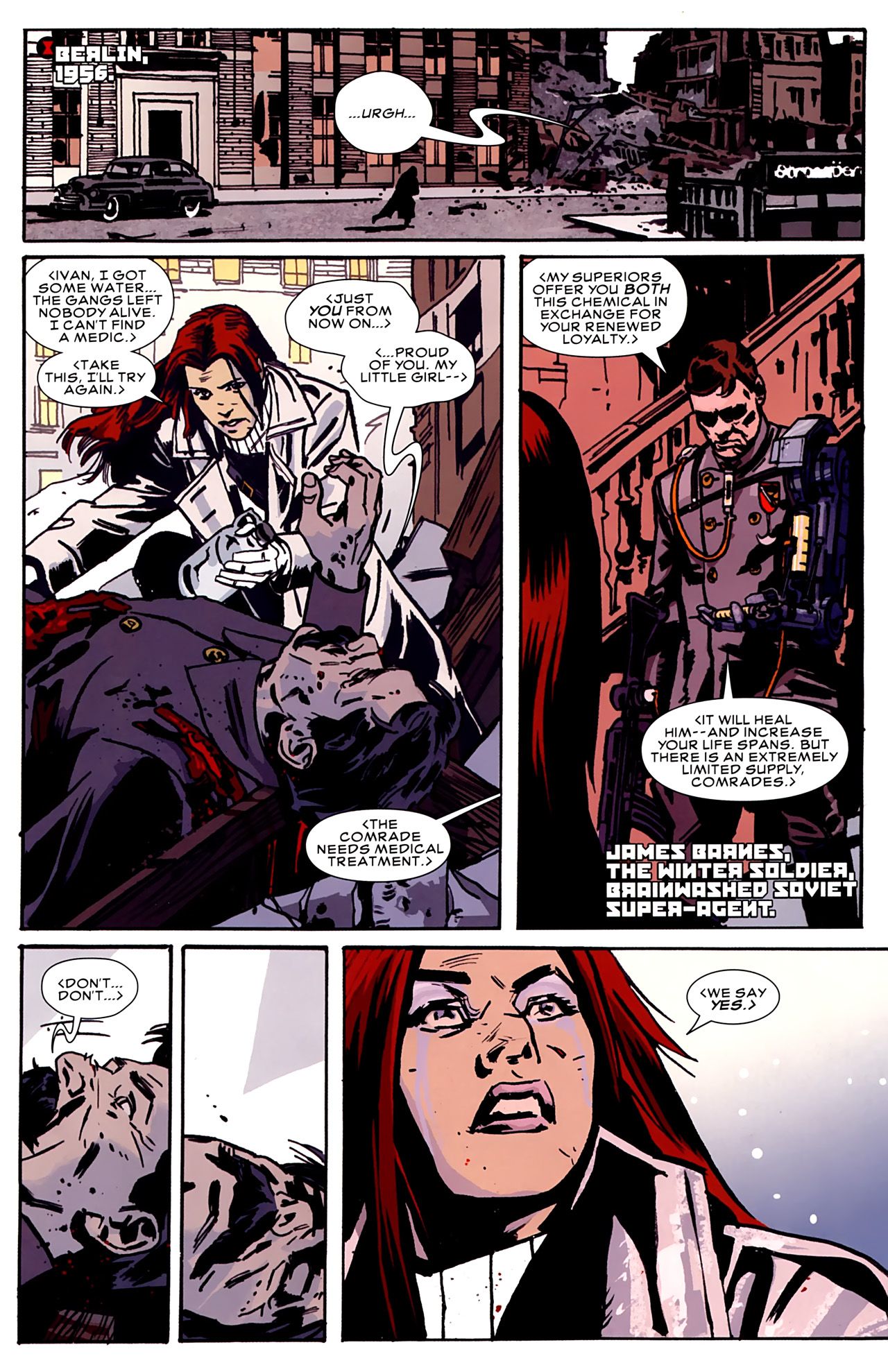Today, we look at how Marvel reconciled Black Widow's convoluted past and see why they even had to bother with doing so.
In Abandoned an' Forsaked, we examine comic book stories and ideas that were not only abandoned, but also had the stories/plots specifically "overturned" by a later writer (as if they were a legal precedent).
Okay, I've spent a lot of time talking about Black Widow's convoluted past (mostly based on suggestions from my pal, Tom A.), and I figure that now would be a good time to try to sort of tie them together and explain why it was even "necessary" to explain it all in a specific miniseries (quotes because, let's be honest, even if stuff doesn't make sense, it doesn't mean that you really NEED to explain it).
The first problem with Black Widow's origin cropped up after we saw in Tales of Suspense #64 (by Don Heck, Stan Lee and Chic Stone) that Black Widow was blackmailed into becoming an operative for the Communists after they threatened her parents...
However, in 1972's Daredevil #88 (by Gerry Conway, Gene Colan and Tom Palmer) Conway gave the Black Widow a brand-new origin (an early Avengers story by Roy Thomas SORT of gave her an origin) that specifically has her as an orphan as a child...
Chris Claremont then famously decided to keep her World War II origin (despite every other similar character just ignoring their World War II origins) and used her as a child during World War II in 1990's Uncanny X-Men #268 (by Claremont, Jim Lee and Scott Williams), as she is abducted and Wolverine and Captain America have to save her...
Meanwhile, over the years, writers like Steve Gerber established that Black Widow was a professional level ballerina and gymnast, as shown in Daredevil #104 (by Gerber, Don Heck and Sal Trapani)...
However, Richard K. Morgan had a problem with a lot of Black Widow's origin stories. He explained to the always great Charlie Jane Anders :
Again, I think my instinctive reaction to the existing backstory was “Ugh, what a load of regressive bollocks,” and so it had to go. As I said earlier, I was looking to do something meta with the arc, something that would really break the mould. So the ballerina schtick became exactly what in truth it had always been — a stereotypical little-girl dream-past, hiding far uglier truths.
By taking the Widow on a journey back into her past, I was inviting the reader to wake up to what had been done to the character over time, kick it all into touch, and join us right here in the 21st century. I was largely a newcomer to comics back then, so it never occurred to me that there would be huge numbers of comicbook readers who couldn’t or didn’t want to make that journey; that they liked their superannuated Tits n Ass and mawkish tearful femininity bollocks just fine, thank you.
And so, in Morgan's 2004 Black Widow miniseries (art by Goran Parlov and Bill Sienkiewicz), we see that Black Widow's memories of her past were false implants...
Morgan also threw some shade at writers like Gerber by having one of the Red Room operatives explain that they came up with these backstories for her because they're generic sexist fantasies...
This was all well and good, but the problem is, you can't really pull off, "Oh, her whole past is a lie" when, well, we have SEEN her past. Moreover, we have seen other characters who have ALSO seen her past! It can't all be a lie if people saw it and that's really where Morgan ran into a bit of a problem, as he tried to erase her whole past with the memory implant idea, but by doing so, he created almost more problems than he solved. For instance, if things that we know are true were memory implants, then how can we trust that the memory implants themselves were not full of it?
And so that leads us to Black Widow: Deadly Origin, the clever Paul Cornell-penned miniseries from 2009-10 (with art by Tom Raney, Scott Hanna and Matt Milla for the stories set in the present and art by the late, great John Paul Leon for the stories set in the past) served as a wonderfully complex attempt to reconcile all of Black Widow's various origin stories over the years. Cornell takes the Morgan memory implant concept further so as to explain its contradictions and reveals that Widow was given multiple different memory implants at different points in her life and they had various impacts upon her path in life. In other words, a lot of what we know about her was definitely true, but it was due to a specific memory implant that she had. When that was erased and she was given a new one, she would have a whole new backstory. This way, both her memories of being a ballerina could be faked and her memories of being a ballerina could be real. It all depends on when the memory implants were used on her.
It was during this miniseries, also, in Black Widow: Deadly Origin #1, that we got our first official explanation for why Ivan has lived for so long, as well (we've known from the Morgan miniseries that Black Widow had been genetically altered, but now we got even more of an explanation that she, too, was given a special Super-Soldier Serum to make her no longer age normally)...
But yeah, Deadly Origin cleverly set it up so that really, future Black Widow writers had pretty much a blank slate to work with. Anything you want to be in her backstory can in there, it just came from a different memory implant and, again, she DID do this stuff, so it isn't like you have to worry about not being able to use people from the past, since she HAD these experiences, she just doesn't always rememebr all of them. So you can pick and choose whatever you feel like using. Clever stuff.
Thanks to Tom for asking me to sort of more generally just write about Black Widow's various retcons. It has certainly led to a lot of material!
If anyone else has a suggestion for a future Abandoned an' Forsaked, drop me a line at brianc@cbr.com!

